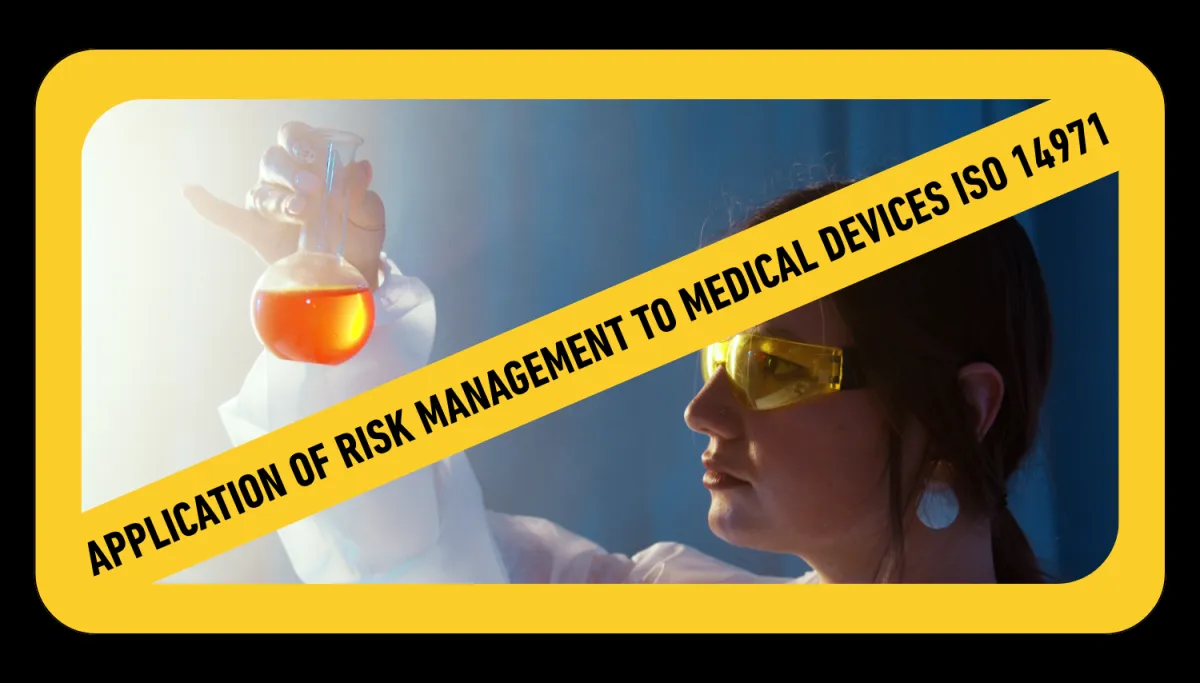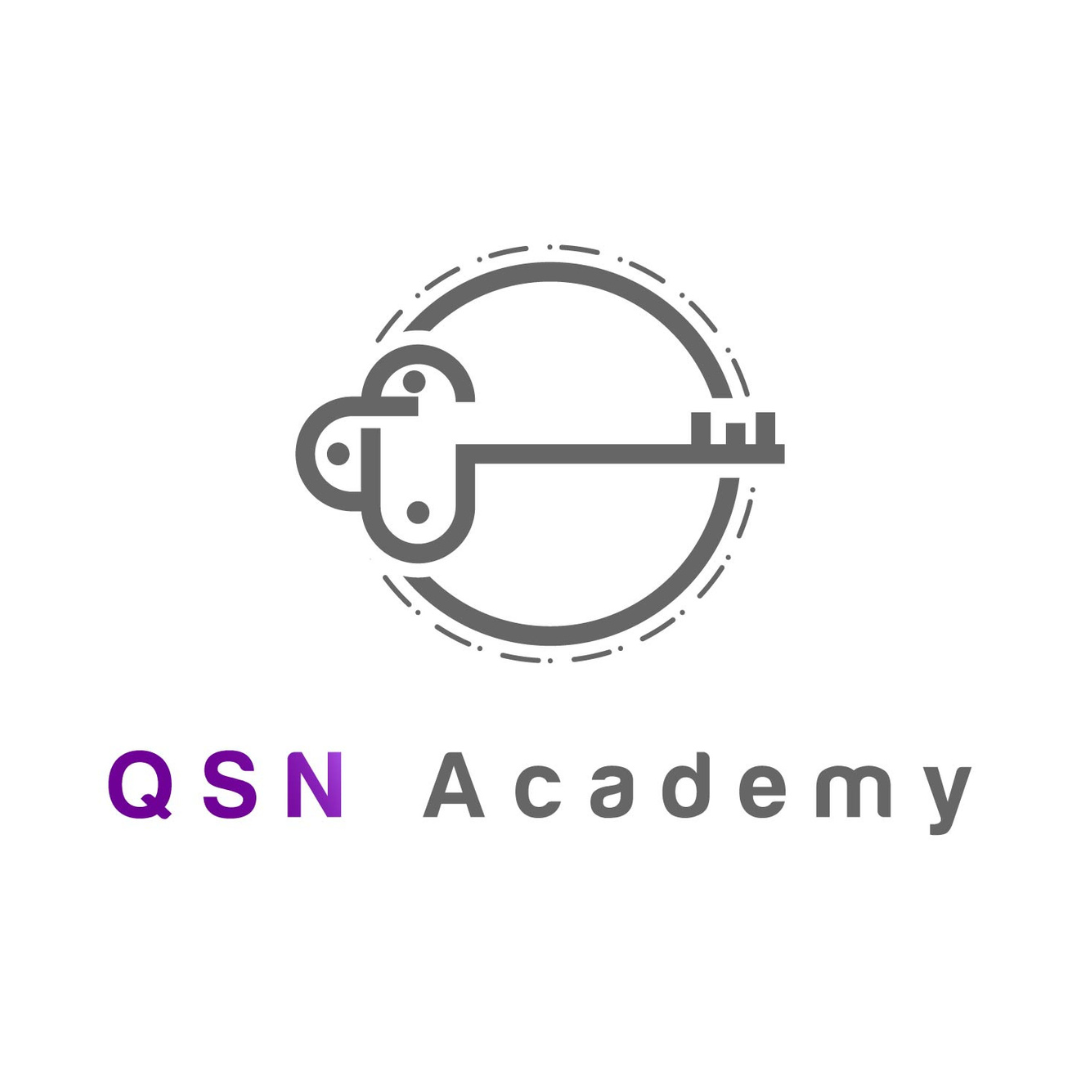
Application of Risk Management to Medical Devices ISO 14971
Risk management is a foundational component of medical device design, manufacturing, and post-market surveillance. The complexity of modern medical technology, coupled with stringent regulatory expectations, necessitates a structured approach to identifying, evaluating, controlling, and monitoring risks throughout the entire product lifecycle. ISO 14971:2019, Medical devices — Application of risk management to medical devices, provides the internationally accepted framework for achieving this. The standard defines a systematic process for manufacturers to ensure that medical devices are both safe and effective when used as intended.
This paper explores the scientific principles underpinning ISO 14971, its structure, and its practical application to medical device development and post-market monitoring. It also discusses how the standard aligns with regulatory expectations under the Therapeutic Goods Administration (TGA) in Australia and international programs such as the Medical Device Single Audit Program (MDSAP). Finally, it highlights the role of QSN Academy, the educational arm of Quality Systems Now, in assisting organisations to implement robust and compliant risk management systems.
Overview of ISO 14971
ISO 14971 was developed by the International Organization for Standardization (ISO) to provide a uniform process for the identification, analysis, evaluation, control, and monitoring of risks associated with medical devices. The latest revision, ISO 14971:2019, reflects significant updates in terminology, documentation structure, and alignment with regulatory frameworks such as the European Union Medical Device Regulation (EU MDR 2017/745) and the U.S. Food and Drug Administration (FDA) requirements.
The standard emphasises that risk management is a continuous process, beginning at the concept stage and extending throughout the device’s entire lifecycle. It is not limited to design or production but encompasses clinical use, post-market feedback, and product decommissioning. Importantly, ISO 14971 defines risk as the combination of the probability of occurrence of harm and the severity of that harm. This quantitative and qualitative definition forms the basis for objective decision-making during design and manufacturing.
The Risk Management Process
ISO 14971 specifies a structured process consisting of several interrelated stages. These stages form a closed-loop system that ensures continuous feedback and improvement.
Risk Analysis
Risk analysis is the first step, involving the identification of hazards associated with the medical device. Hazards may arise from materials, energy sources, biological interactions, software errors, or user interface issues. For example, in an infusion pump, potential hazards include over-delivery of medication, mechanical failure, or user programming error.
Once hazards are identified, manufacturers perform risk estimation, which quantifies the likelihood of occurrence and severity of potential harm. This is typically expressed using a risk matrix or scoring model, allowing objective prioritisation of risks requiring control.
Risk Evaluation
Risk evaluation involves comparing estimated risks against risk acceptability criteria defined by the manufacturer. These criteria are based on regulatory expectations, industry best practice, and the intended use of the device. If a risk is deemed unacceptable, it must be reduced through appropriate control measures.
Importantly, ISO 14971 allows for residual risks—those remaining after controls are applied—provided they are justified by the device’s clinical benefits. This concept of benefit-risk balance is central to regulatory approval and post-market vigilance.
Risk Control
Risk control measures aim to eliminate hazards or reduce associated risks to acceptable levels. ISO 14971 specifies a hierarchical approach to control implementation:
Inherently safe design and manufacture (e.g., using biocompatible materials or redundant circuitry).
Protective measures in the device or manufacturing process (e.g., alarms, safety interlocks, or automatic shutdowns).
Information for safety such as labelling, warnings, and instructions for use.
Manufacturers are required to verify the effectiveness of each control and ensure that new risks introduced by these measures are also assessed. For example, adding an alarm system to a device may introduce risks of false positives or user desensitisation, which must be evaluated.
Evaluation of Overall Residual Risk
After implementing control measures, the manufacturer must evaluate overall residual risk acceptability. This involves assessing cumulative risk and considering whether the remaining risks are outweighed by the clinical benefits. The evaluation must be documented and, where applicable, supported by clinical data. If residual risk remains high, additional design modifications or risk-benefit justification may be necessary.
Risk Management Review and Post-Market Surveillance
Risk management does not conclude at product release. ISO 14971 requires post-market surveillance (PMS) to monitor real-world device performance. Feedback from users, complaints, adverse event reports, and maintenance data are systematically reviewed to identify emerging risks.
These data feed back into the risk management file, ensuring continuous improvement. The manufacturer’s quality management system, typically certified under ISO 13485, must ensure that risk management activities are documented, traceable, and periodically reviewed.
Integration with ISO 13485 and Regulatory Requirements
ISO 14971 is explicitly referenced within ISO 13485:2016, which governs quality management systems for medical device manufacturers. Clause 7.1 of ISO 13485 mandates risk management throughout product realisation, making compliance with ISO 14971 a prerequisite for certification.
From a regulatory standpoint, the TGA, FDA, Health Canada, and other authorities participating in the MDSAP framework recognise ISO 14971 as the primary method for demonstrating systematic risk control. In Australia, TGA guidance on risk management aligns directly with ISO 14971 principles and requires documented evidence of compliance within the manufacturer’s technical file.
Furthermore, the European MDR and IVDR explicitly reference ISO 14971 as the expected standard for risk management, emphasising integration with clinical evaluation and post-market performance follow-up.
Documentation and the Risk Management File
A central requirement of ISO 14971 is the establishment and maintenance of a risk management file. This document records all risk-related activities, decisions, and rationales throughout the product lifecycle. It must include:
Risk management plan
Identified hazards and risk analyses
Risk control measures and verifications
Evaluation of residual risk
Benefit-risk justifications
Post-market monitoring results
The file serves as objective evidence for auditors and regulators, demonstrating that risk has been systematically addressed. It also provides traceability between design inputs, verification, and validation data, ensuring that safety considerations are fully integrated into the device development process.
Scientific and Practical Considerations
From a scientific standpoint, ISO 14971 aligns with the principles of systems engineering and reliability science. Effective risk management relies on data-driven decision-making, supported by empirical testing, simulation, and field performance data. Statistical tools such as Failure Mode and Effects Analysis (FMEA), Fault Tree Analysis (FTA), and Hazard Analysis and Critical Control Points (HACCP) are commonly used to quantify and visualise risk pathways.
However, ISO 14971 cautions against excessive quantification without sufficient empirical evidence. The standard advocates for a balanced approach combining statistical data with expert judgement, ensuring that all plausible hazards are considered even when numerical probabilities are uncertain.
Manufacturers must also integrate human factors engineering (HFE), recognising that user error often contributes to device-related harm. Risk controls should therefore address usability issues, training requirements, and environmental conditions of use.
The Role of QSN Academy and Quality Systems Now
QSN Academy, the educational division of Quality Systems Now, provides targeted training and consultancy in ISO 14971 implementation for manufacturers, testing laboratories, and biotechnology organisations. Their programs help clients interpret the standard scientifically and practically, ensuring integration with ISO 13485 and GMP requirements.
Through comprehensive workshops and advisory services, QSN Academy guides companies in developing robust risk management plans, constructing compliant risk management files, and preparing for regulatory audits under TGA and MDSAP. Their evidence-based methodology supports organisations in building a proactive risk culture that enhances both product safety and regulatory confidence.
Master ISO14971 Risk Management for Medical Devices
ISO 14971 provides the scientific and regulatory foundation for managing risk throughout the lifecycle of medical devices. Its structured process ensures that hazards are systematically identified, assessed, controlled, and monitored, supporting both patient safety and regulatory compliance. When effectively implemented, it promotes informed decision-making, continuous improvement, and transparency across all stages of device development and post-market performance.
For organisations navigating complex regulatory environments, understanding and applying ISO 14971 is not merely a compliance exercise—it is a strategic imperative. With expert support from QSN Academy, manufacturers can embed a culture of risk-based thinking that aligns with global standards and ensures consistent delivery of safe, effective, and high-quality medical devices.
